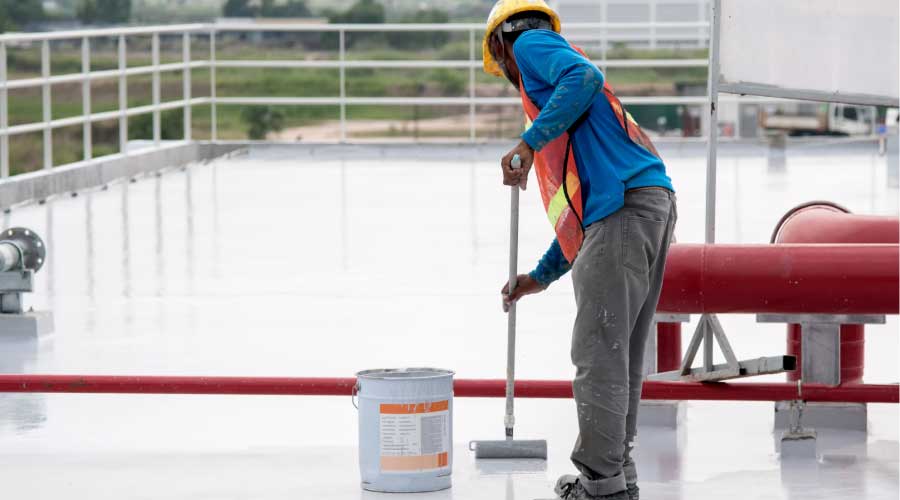Long-Term Roofing Plan Can Save Money, Aggravation
The roof gets no respect. After it has been installed, it is too often forgotten — until it leaks. Even at that point, there's no guarantee that any sort of long-term plan for the roof will be developed. Instead, the roof may simply be repaired, with no attempt made to address the cause of the problem or to prevent future problems from occurring.
Treating the roof as an asset will both prolong the life of the existing roof and also lay the groundwork for ultimate replacement of the roof, when the time comes.
By correcting minor problems before they become major ones, the prudent facility manager can extend roof life and avoid premature replacement. Here's a look at key elements of the roof asset management plan.
Inspect the Roof Regularly
Through regular inspection, facility managers can track the progress of roof issues, providing advance warning when the roofing system is approaching the end of its service life. Staying apprised of roof conditions may also save money by preventing damage to the building interior. By documenting deterioration and leaks, facility managers can respond promptly to repair needs and monitor emerging conditions. Looking back on past inspection logs, facility managers will then have the information to determine the best course of action. Otherwise, the roof may fail unexpectedly, requiring costly and disruptive emergency replacement.
Roof inspection data may also be used to plan ahead for replacement. It's generally easier to budget for a planned reroofing project than it is to scrape together funds at the last minute to deal with sudden roof failure — and to clean up water damage to building envelope elements and interior finishes.
Collecting roof condition information on a regular basis establishes a database of information on manufacturers, warranties, age of roofing assemblies and accessories, past repairs, and the success of maintenance efforts. Between inspections, facility managers can build on these inspection reports by documenting changes in conditions, including leaks and storm damage, on an ongoing basis. This information can prove useful when determining when and how repairs or replacements should be performed.
In early spring, as the weather warms, check for damage from snow and ice. Remove any storm debris that may have collected over the colder months, and evaluate the roof membrane for signs of wear, puncture, or failure. Also include penetrations, flashings, drains, and accessories in your assessment. A checklist can aid in keeping written records of observations.
Inspection: What To Look For
For low-slope ("flat") roofs, conditions to look for include:
- Blisters, ridges, or wrinkles
- Cracks and open seams
- Punctures or pinholes
- Split, cracked, or deformed flashings
- Waterproofing damage at penetrations
- Ponded water
- Clogged drains
- Damage to accessories and railings
For metal roofs, also note:
- Rust
- Dents
- Missing fasteners
For shingle roofs, including slate, terra cotta, and asphaltic, look for:
- Misaligned or missing shingles
- Wear at peaks and valleys
|
Related Topics:














